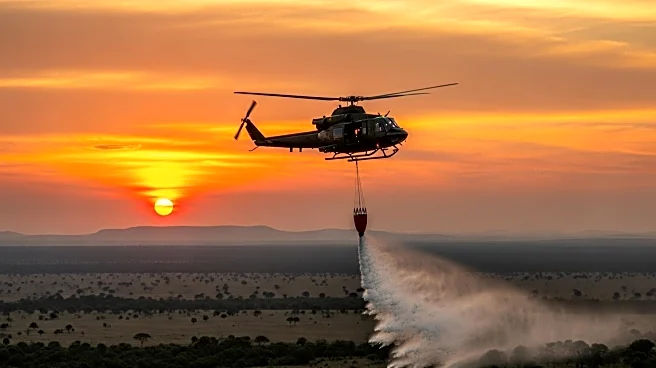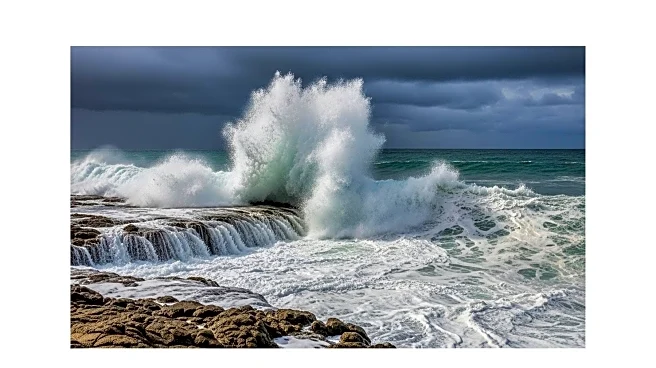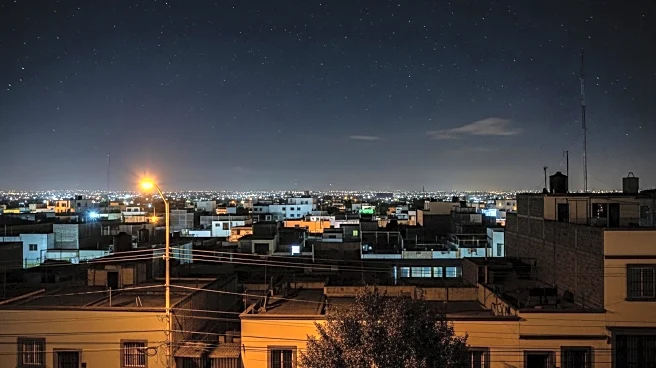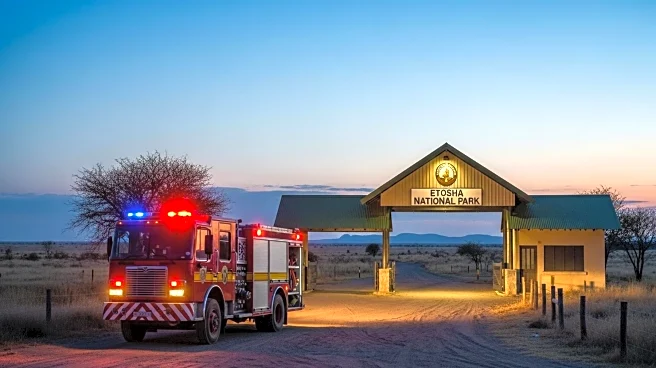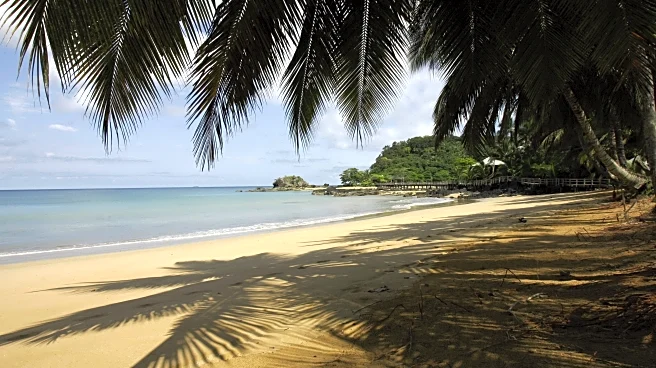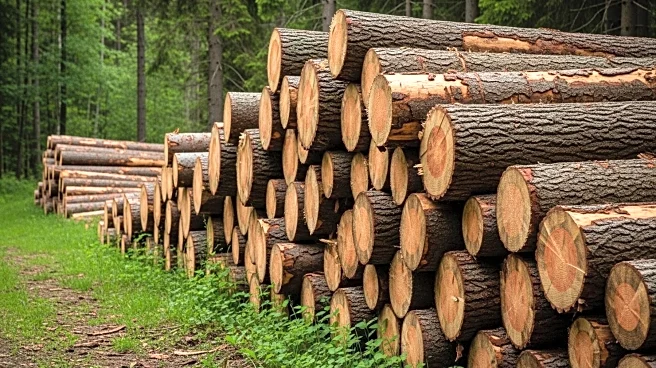What is the story about?
What's Happening?
Namibia has dispatched helicopters and hundreds of soldiers to address a fire that has engulfed a third of Etosha National Park, a major tourist attraction known for its vast salt pan and critically endangered black rhinos. The fire, believed to have originated from a charcoal production site outside the park, has spread over the past week, resulting in the death of at least nine antelope and destruction of wildlife habitats and grazing pastures in the Omusati and Oshana regions bordering Angola.
Why It's Important?
The fire poses a significant threat to biodiversity, particularly the critically endangered black rhinos residing in Etosha National Park. The park is a vital component of Namibia's tourism industry, attracting visitors from around the world. The destruction of habitats and wildlife could have long-term impacts on conservation efforts and the local economy, which relies heavily on tourism. The deployment of military resources underscores the severity of the situation and the need for immediate action to prevent further ecological damage.
What's Next?
Efforts to contain the fire will continue, with the Namibian government likely to assess the damage and implement measures to prevent future incidents. Conservationists and environmental agencies may collaborate to restore affected areas and protect endangered species. The situation may prompt discussions on improving fire management strategies and regulations surrounding charcoal production to prevent similar occurrences.
Beyond the Headlines
The fire highlights the challenges faced by conservation efforts in balancing economic activities such as charcoal production with environmental protection. It raises questions about sustainable practices and the need for stricter regulations to safeguard natural reserves. The incident may also lead to increased awareness and support for conservation initiatives in Namibia.
AI Generated Content
Do you find this article useful?
